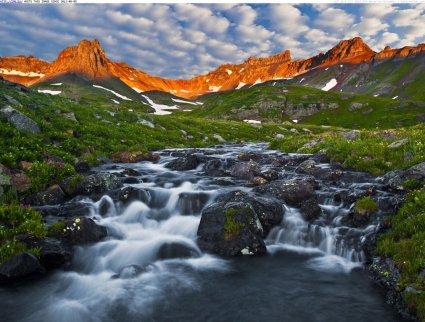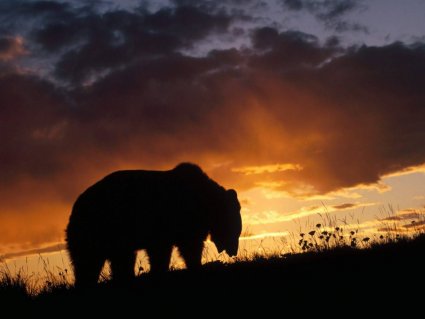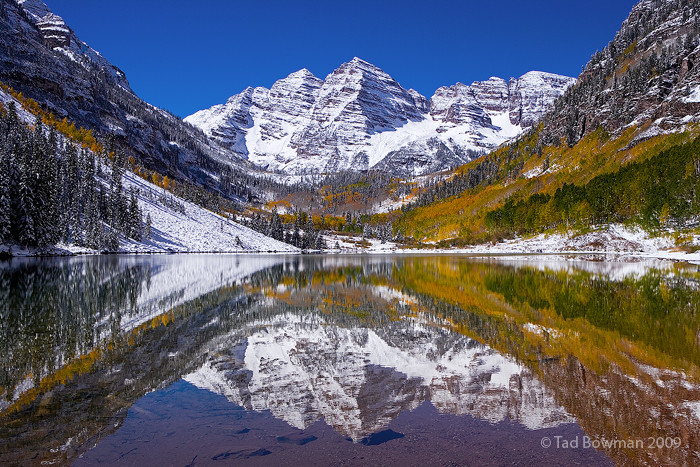US State of Colorado
Colorado U.S. state encompassing most of the Southern Rocky Mountains as well as the northeastern portion of the Colorado Plateau and the western edge of the Great Plains. Colorado is part of the Western United States, the Southwestern United States, and the Mountain States. Colorado is the 8th most extensive and the 22nd most populous of the 50 United States. The United States Census Bureau estimates that the population of Colorado was 5,187,582 on July 1, 2012, an increase of +3.15% since the 2010 United States Census.
The state was named for the Colorado River, which Spanish explorers named the Río Colorado for the ruddy (Spanish: colorado) silt the river carried from the mountains. On August 1, 1876, U.S. President Ulysses S. Grant signed a proclamation admitting Colorado to the Union as the 38th state. Colorado is nicknamed the "Centennial State" because it became a state in the centennial year of the United States Declaration of Independence.
Colorado is bordered by the northwest state of Wyoming to the north, the Midwest states of Nebraska and Kansas to the northeast and east, on the south by New Mexico and Oklahoma, on the west by Utah, and Arizona to the southwest. The four states of Colorado, New Mexico, Utah, and Arizona meet at one common point known as the Four Corners, which is known as the heart of the American Southwest. Colorado is noted for its vivid landscape of mountains, forests, high plains, mesas, canyons, plateaus, rivers, and desert lands.
Denver is the capital and the most highly populated city of Colorado. Residents of the state are properly known as "Coloradans", although the archaic term "Coloradoan" is still used
The climate of Colorado is more complex than states outside of the Mountain States region. Unlike most other states, southern Colorado is not always warmer than northern Colorado. Most of Colorado is made up of mountains, foothills, high plains, and desert lands. Mountains and surrounding valleys greatly affect local climate.
As a general rule, with an increase in elevation comes a decrease in temperature and an increase in precipitation. Northeast, east, and southeast Colorado are mostly the high plains, while Northern Colorado is a mix of high plains, foothills, and mountains. Northwest and west Colorado are predominantly mountainous, with some desert lands mixed in. Southwest and southern Colorado are a complex mixture of desert and mountain areas.
Extreme weather changes are common in Colorado, although the majority of extreme weather occurs in the least populated areas of the state. Thunderstorms are common east of the Continental divide in the spring and summer yet usually brief. Hail is a common sight in the mountains east of the divide and in the northwest part of the state. The Eastern Plains have had some of the biggest hail storms in North America.


Colorado Mountains













